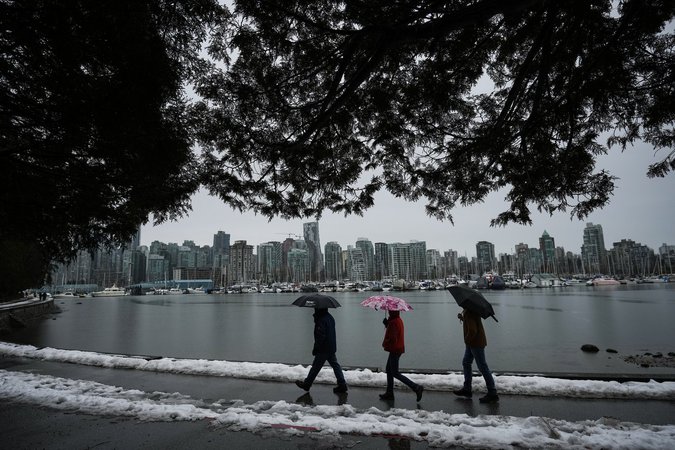
From atmospheric river to bomb cyclone, here are the ABCs of weather terminology
A series of meteorological terms associated with extreme weather have become popularized in recent years. Here’s how some of them are defined by the American Meteorological Society:
BOMB CYCLONE
A storm outside the tropics in which central pressure drops rapidly, by a certain amount within a certain period of time, with this varying according to the latitude. A larger pressure drop to qualify as a bomb cyclone is required at higher latitudes in the process, referred to as “bombogenesis” or “explosive cyclogenesis.” The American Meteorological Society cites a 1980 paper that calls it a “predominately maritime, cold-season event, often with hurricane-like features.”
ATMOSPHERIC RIVER


